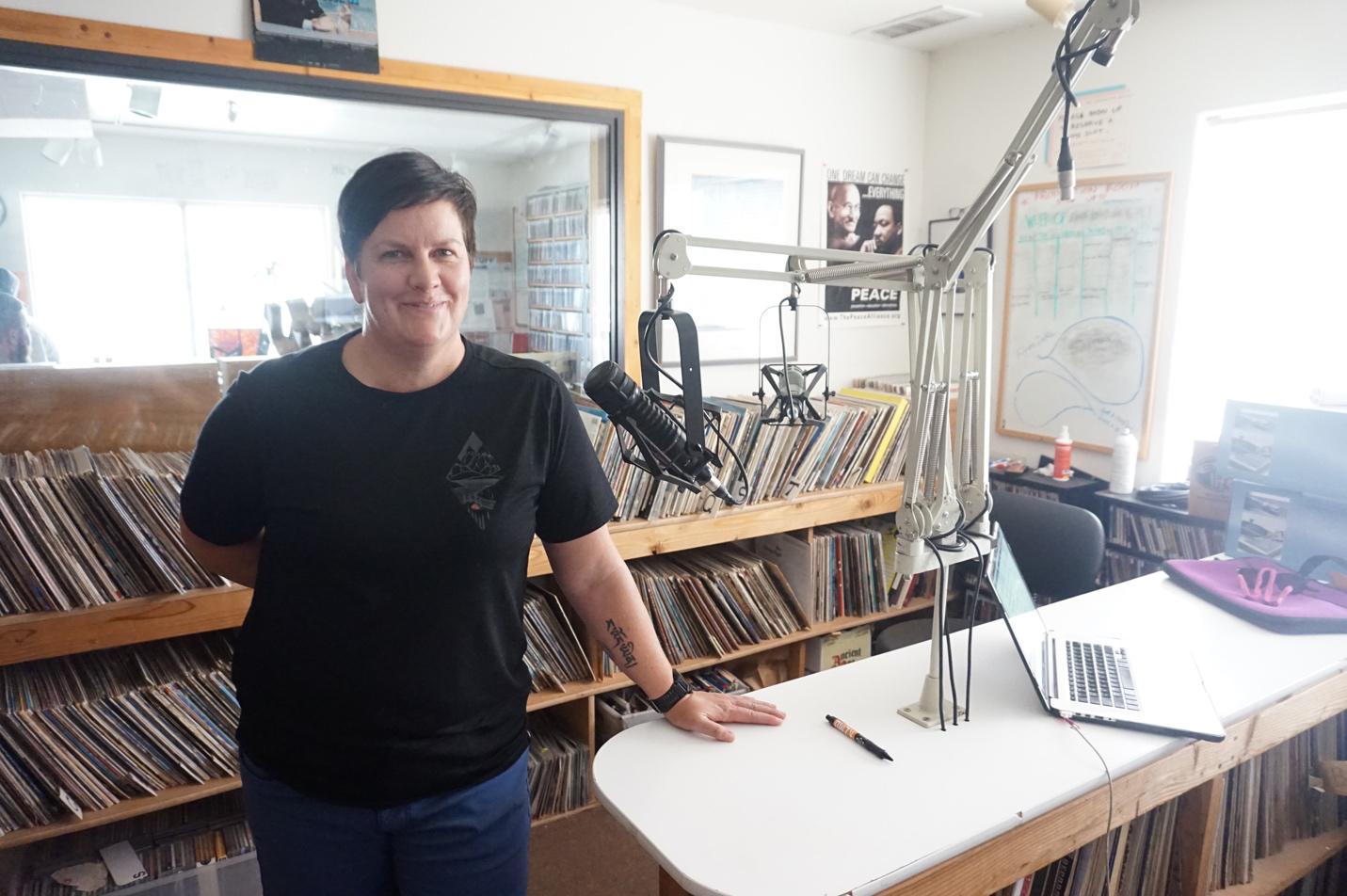Some information may be outdated.
Crystal White is the associate director for Friends of Arches and Canyonlands Parks as well as a naturalist and dark skies advocate. Science Moab host Kristina Young chatted with White about what darkness means to ecosystems and to the people who live in them.
This interview has been edited for length and clarity.
Science Moab: How much more light is there at night than there was in the past?
White: It’s changing rapidly. As a child in Wyoming, I could look up and see colors in the Milky Way. I can’t do that anymore. If we don’t care, we could lose sight of the night sky entirely, which just seems illogical to me. Light spread through the US in the 1930s; we quickly fell in love with the idea of being able to see outside at night. It made a lot of sense. It seemed safer. However, we’re quickly learning that there’s a dark side to the light.
SM: What are some of those dark sides?
CW: For millions of years, life has adapted to this cycle of day and night. It’s linked to our biorhythms to the point that it controls hormonal processes in our body. And by using artificial blue and white light, we mess with that cycle. So humans are running into problems with our melatonin production, which is crucial to your thermal regulation, your hormonal balance, your ability to sleep restfully. A little bit of exposure to blue or white light shuts down your melatonin production for the entire night and it won’t start again until the next day. It doesn’t just affect humans, it also affects the animal and plant life that surrounds us.
SM: How dark are our skies here in Utah compared to other places?
CW: We have some incredibly dark night skies. The Bortle Scale is a nine-level scale that measures the night sky’s brightness, with one being a night sky with absolutely no artificial light touching it and nine is a city where you might only see the moon, a couple planets and maybe some stars. We are in class two when you get just outside the city of Moab. That’s incredible and we’d really like to keep it that way. The Colorado Plateau is actually a really great place to see the night sky for many reasons.
SM: What kind of things are being done in our area to maintain dark skies?
CW: There’s a lot of public education going on right now to rethink the way we use light outdoors. Do I really need this light here? If I don’t, let’s just take it out. If I do, let’s think about when I need it and then just put it on a timer or motion sensor. Also, the fixture is crucial. It is important to have a fully shielded fixture that only directs light downward. All of these things will really have a huge impact on the wildlife in this area as well as your neighbors and yourself.
SM: Can you tell us about the push to have this place designated in order to maintain our dark skies?
CW: Grand County adopted a new outdoor lighting and sign elimination code that actually has wonderful dark sky conservation written into it and the City of Moab has made a commitment to become an International Dark Skies city. This means there is support within the community. People realize that the night sky is something to protect because it’s a rare thing.
To learn more and listen to the rest of Crystal White’s interview, visit www.sciencemoab.org/darkskies
Talking to Crystal White about night skies in our national park
Appreciate the coverage? Help keep local news alive.
Chip in to support the Moab Sun News.


